 Abraham Lincoln
If given the truth, the people can be depended upon to meet any national crisis...
Abraham Lincoln
If given the truth, the people can be depended upon to meet any national crisis...
 Guildford news...
for Guildford people, brought to you by Guildford reporters - Guildford's own news service
Guildford news...
for Guildford people, brought to you by Guildford reporters - Guildford's own news service
Birdwatcher’s Diary No.59
Published on: 16 Apr, 2014
Updated on: 18 Apr, 2014
By Malcolm Fincham
In contrast to last year, the first weeks of April began with a rapid transformation around our Surrey countryside with hedgerows and trees coming into leaf and flower almost too quickly for me to keep up with.
With the addition of the clocks going forward, it has allowed me more time with longer daylight hours. Some long awaited settled weather, and the expected arrival of our first summer migrant birds locally, has added to my enthusiasm.
A cycle along the towpath from Stoke Lock to Triggs Lock on April 1 turned out to be quite a productive, giving me my first sighting of a grass snake this year as it slithered out of the undergrowth before me into a reed bed. But it soon disappeared before my eyes eluding my chance of a photo.
It was shortly after my arrival a Triggs Lock that I was able to capture a shot of a common buzzard being harassed by a crow as they flew quite low past me.
I also heard my first blackcap singing, which added to the incessant sound of chiff chaffing from what seemed like every direction of chiffchaffs. A sure sign to me that spring had arrived.
On my return as I approached Bowers Lock in Burpham, I spotted another common buzzard. This one appeared to be making a very awkward landing high in a distant oak tree. On closer inspection as I watched though my binoculars, I realised it was pairing up with another buzzard and was now sitting next to it looking quite content.
April 2 involved a trip to Pulborough Brooks RSPB reserve in West Sussex; a nature reserve my regular readers will be familiar with.
Although no sign still of any of our long distant migrants, I was pleased to capture my first picture of the year of one of the many blackcaps now singing there, as well as the delightful sight of a pair of bullfinch that can often be seen around the reserve.
It was also pleasing to see the primroses that were now out in flower.
Looking out over the ‘brooks’ from the viewing hides a few teal and gadwall were still present. However, most of the wintering wildfowl had dispersed having migrated to their more northern breeding grounds.
A pair of greylag geese, not considered as true wild geese in southern regions of the UK with most resident here all year, could also be viewed.
It was another encouraging sign of spring to see and get a picture of a moorhen now brooding on its nest.
On April 3 at Stoke Lake I spotted my first swallow of the year and eight days earlier than last year, but only just long enough to get a record shot before it moved on.
On Friday April 4 I was invited on a trip out to Thursley Common by Mark, a long time friend, who having read my previous report set me on a quest of finding him some crossbills,.
Being such an irruptive species, moving great distances to areas where there is a food source (availability of pine cones), I knew this challenge was to be one more of luck than judgement.
Having got a few distant views of two curlew calling as they circled over the heathland and a few good close views of woodlark as they sang that wondrous song of theirs (mentioned in my last report), we made our way to the tall pines at the southern end of ‘Shrike Hill’ were I had last seen them on March 23.
As much to my surprise as his (although pretending not to be surprised at all), as we approached a small group of common crossbill flew over our heads.
These were soon joined by another group that flew high into the pines meeting up with some already feeding there. We counted more than 30 of both sexes, with some occasionally flying down to perch on a dead tree making for some pleasing pictures, including one showing a close view of how they get the name crossbill.
On our return we stopped off at his house in Normandy with the hope of viewing as many as six ring-necked parakeets that frequently visit his garden feeders.
Typically they didn’t show up in the hour or so I waited, but it was still good to see the wide variety of birds that did visit and to watch a female blackbird as she collected worms to take back to her young.
Visiting Worplesdon’s Whitmoor Common Later that day, I heard my first willow warbler of the year, singing in a large clump of silver birch trees having made its epic journey back from Africa.
Unfortunately for me, possibly because it had only just arrived, it was too mobile and sang too sporadically for me to track down close enough to photograph.
Being such a pleasant evening, I was able to take a few scenic shots and even took a few shots of one of a small group of linnets and meadow pipits that reside there.
Another evening cycle was on the evening of April 5 to Triggs Lock. I was taken by surprise by alarge bird of prey flying over the river close to the footbridge in view of Send Church.
It was a red kite, being pursued by a corvid and several ring-necked parakeets that are now often seen locally and definitely seem to be growing in numbers. I was also get a photo of one as it perched in a tree across the river.
Fox cubs are normally born in March. By three to four weeks old they are renown to wander from their den even during daylight hours, as with the one I’ve shown in the picture I was lucky to capture on April 8 in Shamley Green.
The mother was unlikely to be far away, but they will stay out of sight all the time a human is present, so it’s always advised to enjoy the moment and then leave them be.
On Chinthurst Hill in Wonersh a small group of five sows can once again be seen. These have arrived over a month later than last year. They haven’t migrated here of course (although they do say ‘pigs may fly’) they have been introduced to the bracken, brambles and acorns in the surrounding area.
On April 10 reports came through that there had been a ‘fall’ of nightingale in southern regions of the UK. This included four heard singing at Pulborough Brooks, putting the venue high on my list of places to visit in the next week or so, and also a good time to visit some bluebell woodlands now they are starting to come into flower.
With the sun still shining, orange tip butterflies could now be seen emerging, joining in with the brimstone butterflies we started to see last month.
On Saturday April 12 I took one last trip to take a photo of Stoke Lake before writing this report.
Although a small group of tufted duck could still be seen on the lake, eight swallows and two sand martins could be seen over the sewage works.
There was also a grey wagtail there collecting food for its young, and with a sighting of a hobby too, summer now only seems a breath away.
Responses to Birdwatcher’s Diary No.59
Leave a Comment Cancel replyPlease see our comments policy. All comments are moderated and may take time to appear.
Recent Articles
- Guildford Institute’s Crowdfunding Project for Accessible Toilet in its New Community and Wellbeing Centre
- Letter: Guildford – Another Opportunity Missed?
- Letter: GBC’s Corporate Strategy – Where Is the Ambition?
- My Memories of John Mayall at a Ground-breaking Gig in Guildford Nearly Six Decades Ago
- Westborough HMO Plans ‘Losing the Heart of the Street’ Says Resident
- College Invests to Boost Surrey’s Economy and Close Digital Skills Gap
- Community Lottery Brings Big Wins for Local Charities
- GBC Housing Plan Promises ‘A Vibrant Urban Neighbourhood’ Near Town Centre
- Hospital Pillows ‘Shortage’ at the Royal Surrey
- Updated: Caravans Set Up Camp at Ash Manor School


Recent Comments
- Ian Macpherson on Updated: Main Guildford to Godalming Road Closed Until August 1
- Sara Tokunaga on GBC Housing Plan Promises ‘A Vibrant Urban Neighbourhood’ Near Town Centre
- Michael Courtnage on Daily Mail Online Reports Guildford Has Highest-paid Council Officer
- Alan Judge on GBC Housing Plan Promises ‘A Vibrant Urban Neighbourhood’ Near Town Centre
- John Perkins on GBC Housing Plan Promises ‘A Vibrant Urban Neighbourhood’ Near Town Centre
- S Collins on GBC Housing Plan Promises ‘A Vibrant Urban Neighbourhood’ Near Town Centre
Search in Site
Media Gallery
Dragon Interview: Local Artist Leaves Her Mark At One of England’s Most Historic Buildings
January 21, 2023 / No Comment / Read MoreDragon Interview: Lib Dem Planning Chair: ‘Current Policy Doesn’t Work for Local People’
January 19, 2023 / No Comment / Read MoreA3 Tunnel in Guildford ‘Necessary’ for New Homes, Says Guildford’s MP
January 10, 2023 / No Comment / Read More‘Madness’ for London Road Scheme to Go Ahead Against ‘Huge Opposition’, Says SCC Leader
January 6, 2023 / No Comment / Read MoreCouncillor’s Son Starts Campaign for More Consultation on North Street Plan
December 30, 2022 / No Comment / Read MoreCounty Council Climbs Down Over London Road Works – Further ‘Engagement’ Period Announced
December 14, 2022 / No Comment / Read MoreDragon Interview: GBC Reaction to the Government’s Expected Decision to Relax Housing Targets
December 7, 2022 / No Comment / Read MoreHow Can Our Town Centre Businesses Recover? Watch the Shop Front Debate
May 18, 2020 / No Comment / Read More



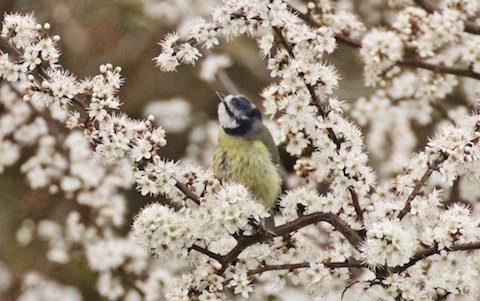
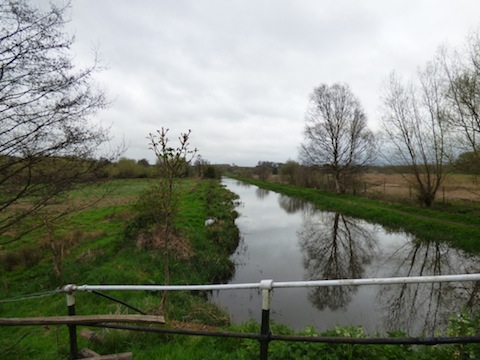
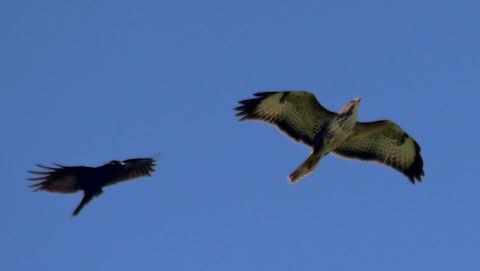
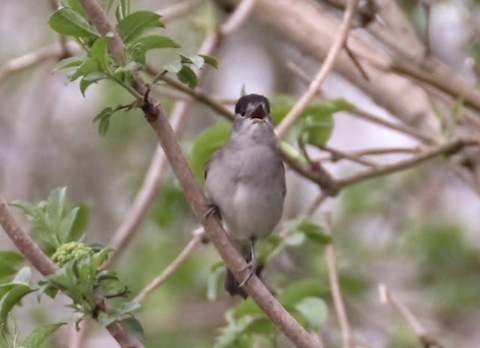

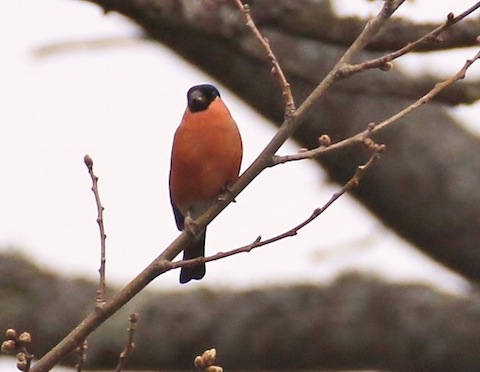
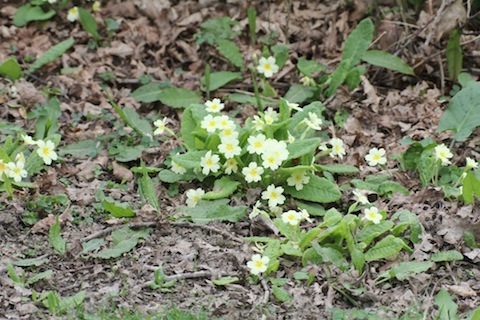
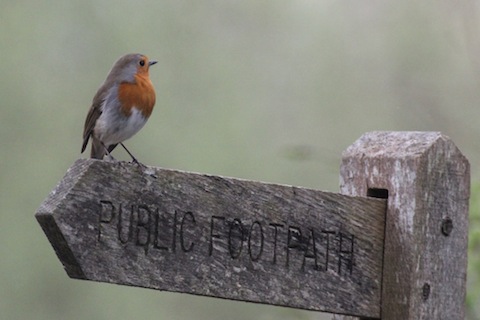
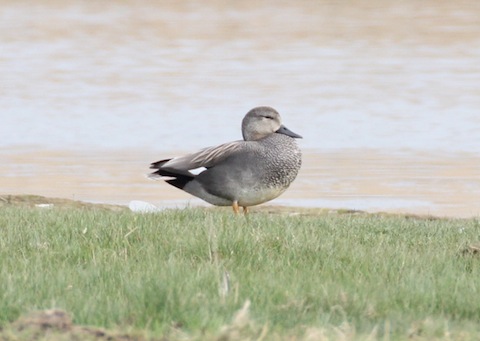

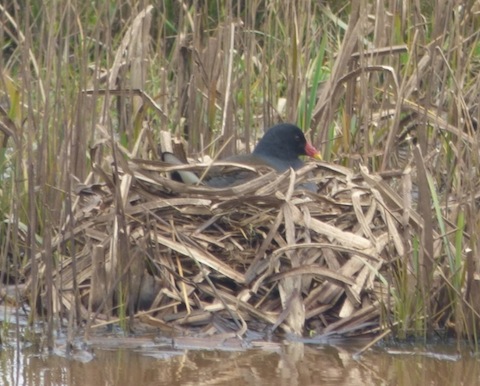
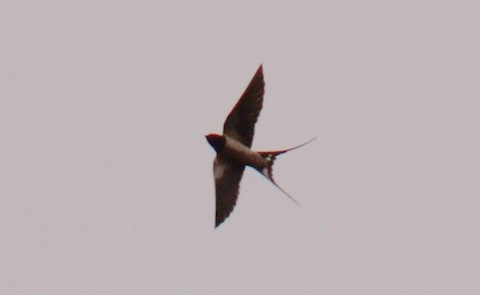

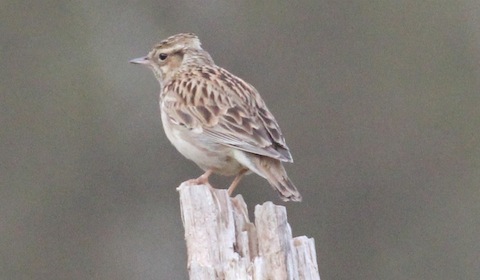
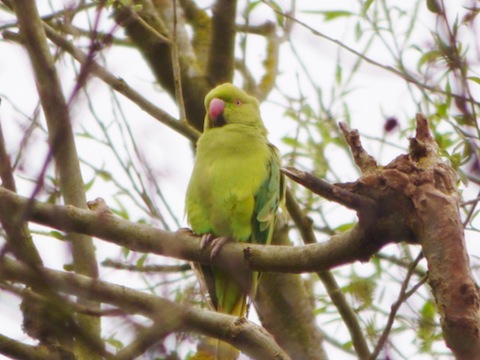
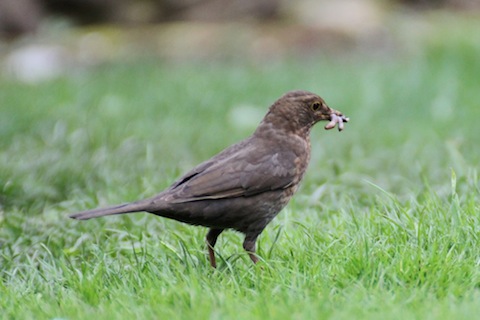
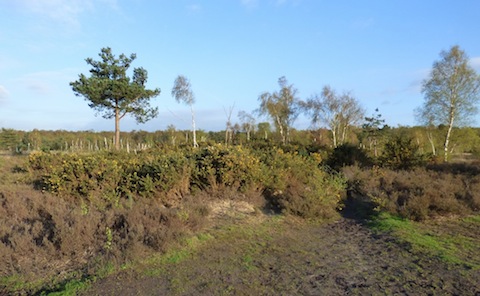
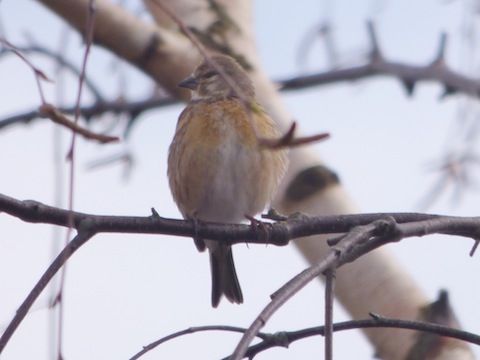

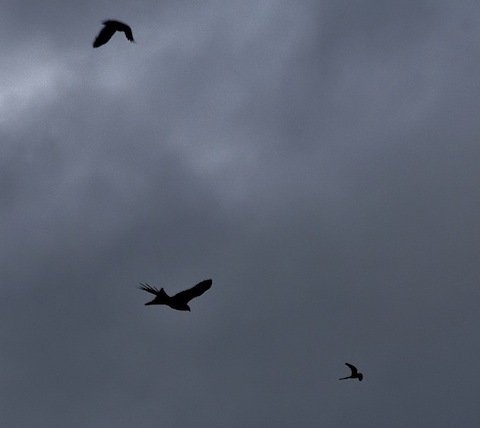
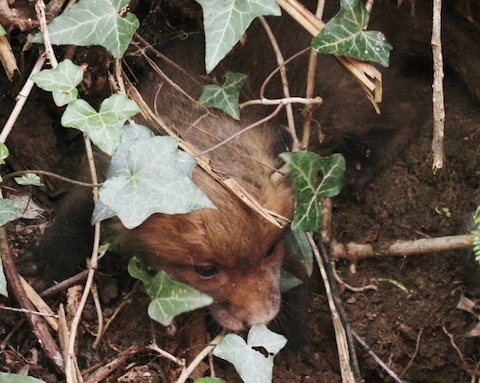

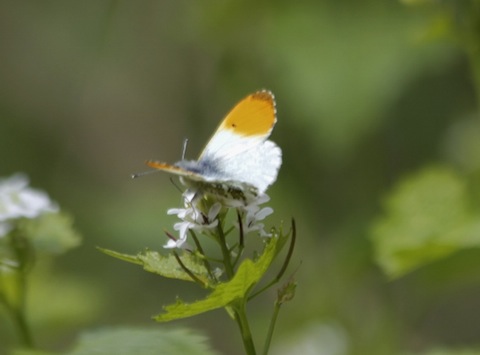
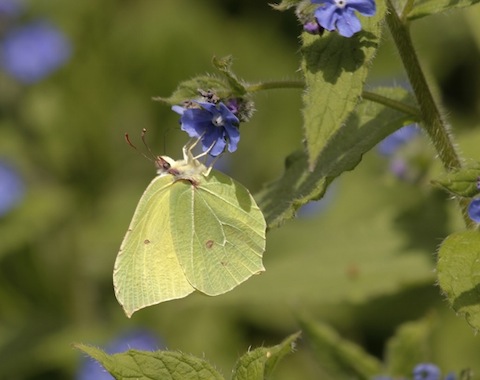

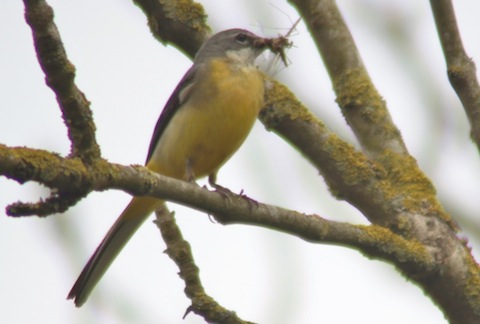






Mary Bedforth
April 17, 2014 at 8:27 am
We are so lucky to see these marvels of nature through Mr Fincham’s eyes and his camera lens.
I go to some of the places he mentions but hardly ever see the birds that he photographs. He must have eyes like a hawk as the saying goes.
PS Where did the egrets that were in Shalford Meadow go? Do they just over winter here?
Malcolm Fincham
April 22, 2014 at 12:13 am
Thank you Mary for taking time for such complimentary remarks.
It’s always inspiring to know that readers are enjoying my reports. Staying up to date with my reports and photos is certainly an enjoyable challenge for me.
In reply to your question…
Most of the little egrets have now returned to their breeding areas, usually near river estuaries although I have known a few to return to the meadows as early as June.
As I recall from a report I wrote about that time last year.
https://guildford-dragon.com/2013/06/09/birdwatchers-diary-no-38/
This will also depend on the amount of water in the meadow at the time, of course.